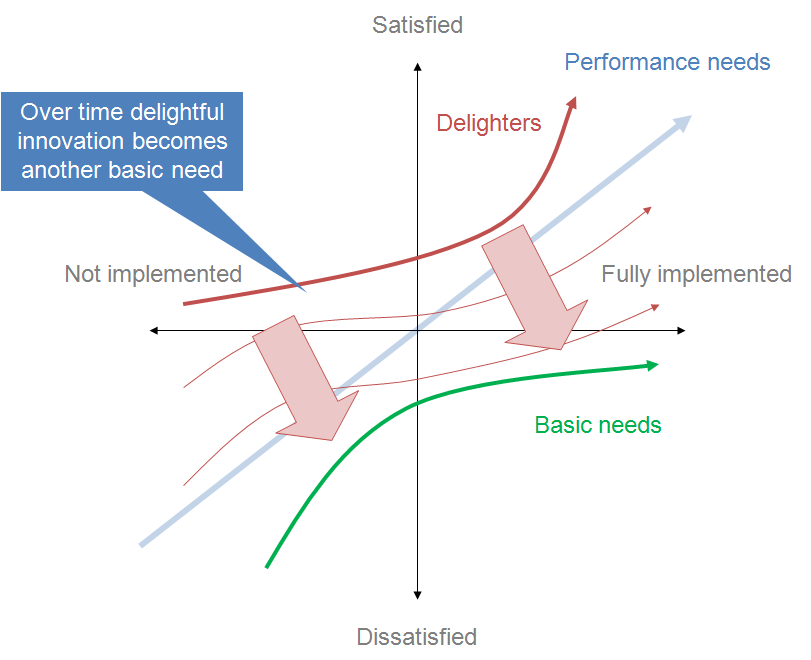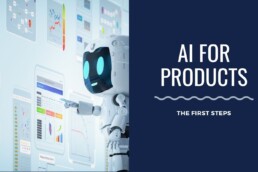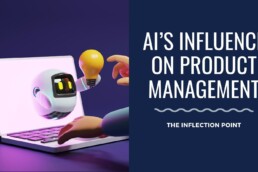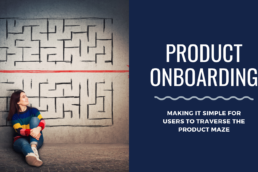A product manager’s job is to maximize the value of the work done. This value should be measured regarding the benefits to the business and customers.
Prioritizing the work to be done allows the PM to do just that. While many product prioritization frameworks are available, we will see a few major ones.
Table of Contents
ToggleValue vs. Effort
Product prioritization is a crucial process. It helps product teams decide which product features to build, which ones to prioritize, and which to put on the back burner. The value vs. effort matrix is one of the most popular prioritization frameworks for organizing and prioritizing product features.
A value vs. effort matrix is a grid-like structure that helps product managers analyze and prioritize different product features based on their level of effort and the value they bring to the user. The matrix typically has one axis determining the effort required to implement a feature and another axis determining the value or impact that feature will have on the user.
You must prioritize features that are easy to build yet significantly impact users. Conversely, less valuable features requiring considerable effort should be deprioritized or put on hold.
The effort can represent multiple factors, including engineering efforts, complexity, time, cost, and other work required to implement features.
A few teams also adopt a variation of this framework, replacing efforts with complexity (Value versus Complexity). However, the rest of the approach remains the same.

The MoSCoW Method
The MoSCoW method is a popular prioritization framework that product managers and teams use to prioritize features and projects based on their importance. The method comprises four broad categories: Must-Have, Should-Have, Could-Have, and Won’t-Have. Each type serves as a guideline for prioritizing features or projects, with “Must-Have” being the highest priority and “Won’t-Have” being the lowest priority.
To use this framework effectively, teams typically start by identifying potential features or projects they can include in their product roadmap.
Once the teams gather ideas, the team members will categorize each idea into one of the four buckets of the Moscow framework. The features or projects that are most critical are placed in the “Must-Have” category, while less essential features can be placed in the “Should-Have” category. Features with less priority and are considered optional can be placed in the “Could-Have” category, and features with the least important or those that the team will not accommodate in this release can be placed in the “Won’t-Have” category.
By putting features into the MoSCoW categories, teams can prioritize their work based on the needs of the business, customers, and other stakeholders. This framework allows the team to focus on what is most important to deliver first while being transparent about what might not be addressed in the current release. As a result, the MoSCoW method helps teams make informed decisions when building their product roadmap. In addition, it ensures that critical features are delivered first to meet the business’s and customers’ needs.
Opportunity Scoring
Opportunity scoring is a method used by product managers to prioritize potential features or initiatives that will impact the product’s success from the customers’ viewpoint. The opportunity scoring framework involves analyzing the possible features or initiatives based on how satisfied or dissatisfied the user is or would be with those features against how important those features are for them.
The scores can be assigned numerically or through a ranking system, depending on the team’s preferred scoring method. Once all the features have been scored, the team can prioritize them based on their overall scores.
To calculate the final score, you can use the following equation;
importance + (importance – satisfaction) = opportunity.
Ref. Ulwick’s Outcome-Driven Innovation
Weighted Scoring Prioritization
Weighted scoring prioritization involves assigning predefined weights to different criteria based on their importance and scoring each feature or initiative based on those criteria.
To use the weighted scoring prioritization framework, product teams first identify the criteria that they will use to evaluate each feature or initiative. Then, they assign weights to each criterion based on its importance to the product or business goals. For example, if customer satisfaction is a critical goal for the product, it may be assigned a higher weight in the evaluation process.
Once the criteria and weights have been assigned, each feature or initiative is evaluated based on the predefined criteria and scored accordingly. The scores are then multiplied by the weight assigned to each criterion to give them a weighted score. The features or initiatives can then be ranked based on their overall weighted score, with higher scores indicating higher priority levels.
The RICE framework
Arguably one of the most popular product prioritization and idea validation frameworks, RICE stands for Reach, Impact, Confidence, and Effort, and this framework allows teams to assess potential features or initiatives based on these four metrics.
With the RICE framework, features are assessed based on Reach, which determines how many customers will be impacted by the feature. The teams then use the Impact metric to determine the expected impact on the product, looking at metrics like revenue, engagement, or customer satisfaction.
The Confidence metric helps assess the level of certainty that the feature will have the expected impact. This value results from customer feedback, testing, and market research. Finally, the Effort metric determines the resources, time, and money required to implement the feature. Each of these metrics is scored on a scale of one to ten, with ten being the highest.
Once all features have been scored, the team can prioritize them based on their overall RICE score, calculated by multiplying the Reach, Impact, Confidence, and Effort scores. This approach ensures that the team is focused on features that will have the most significant impact on the product while being realistic about the effort and resources required to implement them. Using the RICE framework for product prioritization, teams can make data-driven decisions about which features to tackle first, leading to a more successful and viable product.
The Kano Model
Noriaki Kano 1984 proposed a model to provide a structure for addressing this while prioritizing. The Kano Model of Desirability divides the features into Threshold, Linear, Exciters, and Delighters.

Image Source: Kano Model
The threshold features are “must-have” features. Their absence will render the product unacceptable to users or customers. These features are considered fundamental, and customers assume their existence by default. Hence, their presence will not add to customer satisfaction, but if they are not found in the product, it will undoubtedly lead to dissatisfaction.
Then there are linear or performance features. These are the features that can help differentiate the product from competition. Hence, more linear features will increase customer satisfaction, and lower numbers will result in proportionate dissatisfaction.
The last types of features are Exciters or Delighters. Their existence will increase customer satisfaction to a great level. However, their absence will not result in dissatisfaction.

Affinity Grouping
Affinity grouping is a product prioritization technique used to group and prioritize ideas based on their similarities. This method involves gathering all potential product features or initiatives onto sticky notes on a large surface such as a whiteboard or table. The team can then begin to group these sticky notes based on similarities, such as features that can benefit from the same technology or those that meet similar user needs.
Once all ideas are grouped, the team can prioritize each group using criteria such as potential impact, the effort required, or alignment with the product vision or business goals. This grouping allows the team to focus on what is most important and can help them develop a more cohesive product roadmap.
Affinity grouping is a beneficial and engaging method as it encourages collaboration and discussion within the team. Each team member can contribute by moving the sticky notes around, and they can share their insights to prioritize the features or initiatives in a more informed manner. Additionally, this technique structures the brainstorming process and can save the team’s time by streamlining a potentially overwhelming number of ideas. By using affinity grouping as a prioritization technique, teams can efficiently prioritize their ideas and create more focused product roadmaps.
Story mapping
Story mapping is a popular product prioritization framework that helps teams group features and initiatives into coherent, easy-to-understand visual representations. It involves creating a story map, a chronological sequence of user tasks or activities that illustrate the user journey. You can break down the user journey into smaller tasks or activities known as stories, mapped onto a grid as horizontal rows.
The vertical axis of the grid represents the level of detail of the stories. For example, at the top are high-level stories of the user journey, and as we move down the vertical axis, the stories become more detailed and specific. Each story on the story map will consist of a user task or activity, a user persona, and the feature or initiative to help the user accomplish that task or activity.
Story mapping enables teams to prioritize features or initiatives necessary for the user to accomplish their tasks or activities along their journey. By visualizing the entire user journey, teams can identify gaps or areas to improve the user experience. Once the stories are mapped out, the team can prioritize them based on the user’s needs and the product vision.
Furthermore, story mapping can be used as a communication tool between stakeholders in the product development process, such as developers, designers, and product owners. By bringing everyone together to map out the user journey, each team member better understands the product and the user’s needs. This understanding can facilitate a more collaborative environment where team members can ultimately share their thoughts and ideas to create a more successful product.



